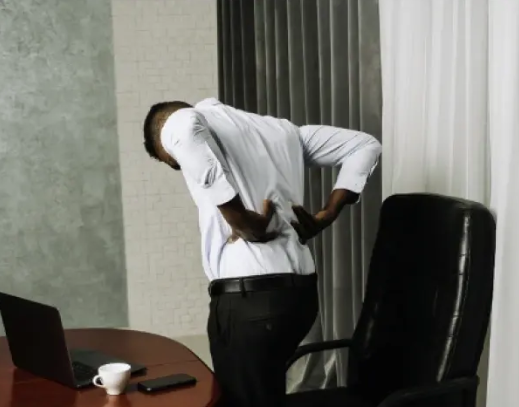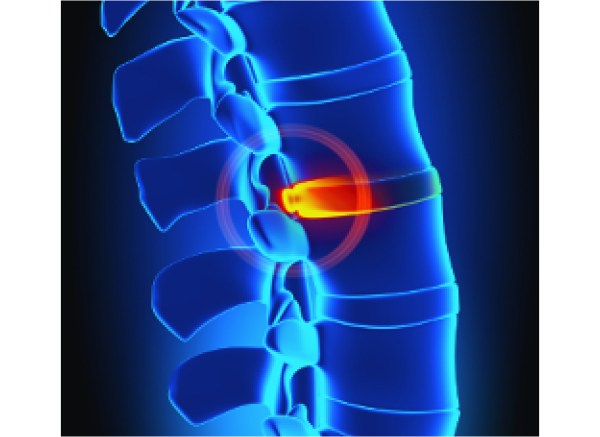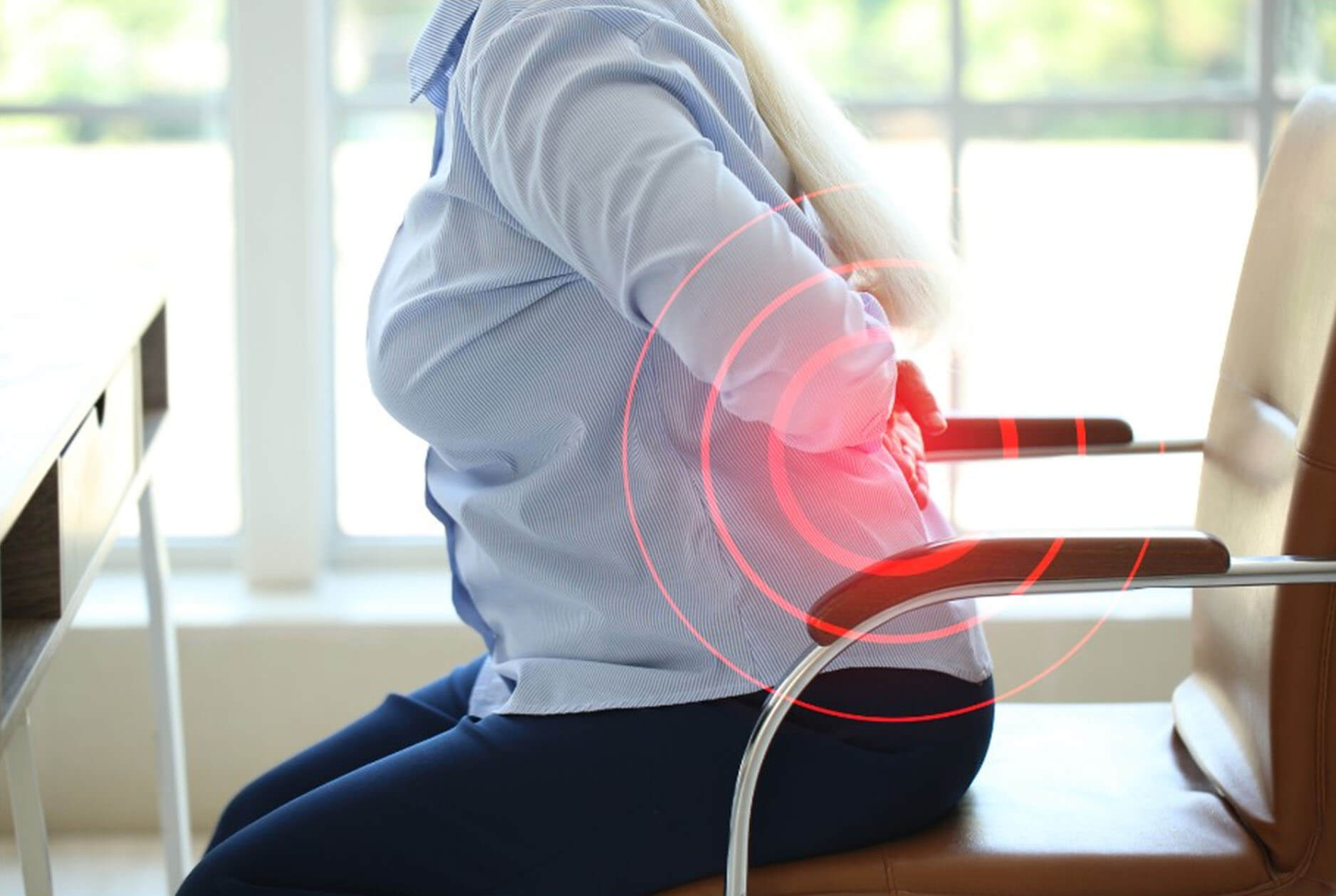From Early Signs to Solutions: A Comprehensive Look at Disc Degeneration
Today, we're delving into a topic of critical importance for anyone concerned about spinal health and overall well-being: the four stages of disc degeneration. Gaining an understanding of these stages will provide you with valuable insights that will enable you to make well-informed decisions about your lifestyle choices and take steps to safeguard your back health.
Understanding the Design of the Discs in your Spine and The Progressive Stages.
The intervertebral discs in our spine essentially act as shock absorbers, providing flexibility, and enabling movement while preventing the vertebrae from rubbing against each other. As time passes, these discs undergo changes that can influence our day-to-day comfort and ability to move comfortably.
Stage 1: Disc Degeneration Begins
The first stage of disc degeneration often goes unnoticed, as there are typically no noticeable symptoms. At this point, the quality of your intervertebral discs start to show early signs of wear and tear. Although genetic predisposition plays a role, it's important to recognize that lifestyle choices such as an unhealthy posture, overlooking essential stretching exercises, and neglecting proper nutrition can also contribute.
Stage 2: Prolapsed or Bulging Disc
As disc degeneration progresses, the outer layer of the disc weakens and may start to protrude, causing a prolapsed or bulging disc. This painful condition can lead to localized pain, tingling, or even numbness in the back or limbs. Regular stretching and core-strengthening exercises can help by alleviating pressure on the discs.
Stage 3: Herniated Disc
In this stage, things are getting pretty severe. The outer layer of the disc further deteriorates, and the nucleus may burst, causing a herniated disc. This can result in debilitating pain, radiating discomfort, and muscle weakness. Physical therapy may be essential and at this point, medication might be necessary.
Stage 4: Severe Disc Degeneration
At this advanced stage, the discs lose their cushioning ability, leading to limited mobility and chronic pain. The vertebrae might touch, causing bone spurs and joint inflammation. Professional medical guidance is essential, and treatment options might include physical therapy, medication, and in severe cases, surgery.
What can you do to steer clear of the severe repercussions associated with disc degeneration?
Here are several recommendations for you to consider:
GET MOVING. Prioritize maintaining a healthy weight and engaging in low-impact exercises like swimming or walking. These activities can promote circulation, support spinal health, and mitigate the risk of herniation.
STRETCH! Adopt a wellness routine that includes gentle stretches and regular breaks from sitting.
WATCH YOUR POSTURE AND INVEST IN QUALITY SEATING. Maintaining good posture while sitting can help delay the progression of disc degeneration. Invest in an orthopedic office chair designed to support the natural curvature of the spine and provide optimum comfort. An ergonomic chair that adapts to your body movements can help distribute pressure evenly and minimize strain on the affected area.
Understanding the stages of disc degeneration empowers you to do your part to keep this painful condition at bay. While genetics may play a role, your daily habits and workspace environment also play an important role. By adopting a holistic approach to wellness, you can work towards preventing and managing disc degeneration, ensuring a more comfortable and productive life.
Your daily habits and workspace environment also play an important role.
If you are looking to improve posture and decrease pain while sitting, look no further than Anthros.
Anthros is the only chair in the world that is guaranteed to improve posture or your money back. The science-backed, patented design is registered with the FDA as a posture-improving chair and is proven to have the lowest pressure (most comfortable) cushion on the planet (verified by university testing).
Take the next step to reducing pain, increasing comfort, and maximizing performance!
Recent Post

Exercises to Avoid With a Herniated Disc
March 6, 2025A herniated disc can put a serious damper on...

Gentle Back Exercises for Lower Back Pain & Herniated Discs
February 17, 2025Adding a cushion to your office or gaming chair...

Bulging Disc vs. Herniated Disc:
February 5, 2025Adding a cushion to your office or gaming chair...









